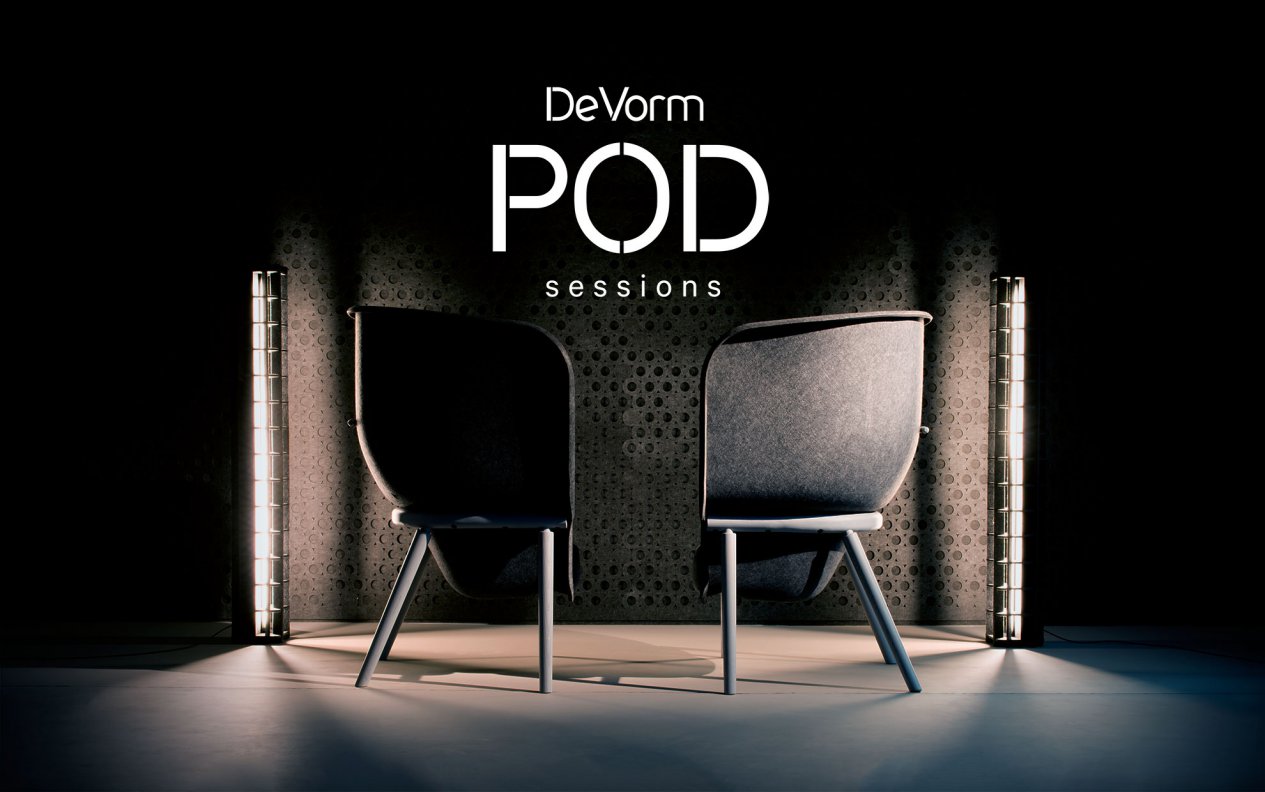Journal
De Vorm Pod Sessions | Ole Scheeren
From iconic high-rises to private galleries, the portfolio of Ole Scheeren has nothing to do with regularity. As the designer notes himself, variety is and has always been at the core of his creative work. How does he manage to turn all these seemingly impossible ideas into world-known landmarks? We’ve got a chance to hear the answer to this and other questions firsthand - exclusively for De Vorm Pod session.
Ole Scheeren is a German architect and urbanist, known for his avant-garde projects all over the world. Signing a contract with OMA back in 1995 marked a prominent start of his career in the design industry.
This creative partnership lasted for 15 years and left truly outstanding aftermath in a form of CCTV Headquarters in Beijing, Singapore Scotts Tower, Taipei Performing Arts Center and many other famous buildings.
In 2010, Ole Scheeren started his own architectural firm Büro-OS with offices in Hong Kong, Beijing, Bangkok, New York, London and Berlin. Though fairly young, the studio has already added numerous global projects to their portfolio with a combined area of over one million square meters. This list includes the renowned MahaNakhon in Bangkok, Guardian Art Center in Beijing and Empire City in Ho Chi Minh City. Apart from architectural work, Ole gives lectures at many educational institutions and conferences all over the world. He is a visiting professor at the University of Hong Kong since 2010.
Modern workplace
For most people, a modern workplace has nothing to do with 9-to-5 office life. Your office can be everywhere. Ole Scheeren notes that his working space is primarily flexible due to the intense rhythm of lifestyle and frequent travel.
‘If you look at the reality of my work environment, it has become so mobile that it is no longer about a confined space, but rather about a series of opportunities. Mobility is the key to the way we are working.’
For architects, designing a modern workplace can be a challenge. It has to meet the needs of all different sorts of people, promoting their efficiency and cooperation. When asked about his tips for building a collaborative space, Ole’s opinion was rather unconventional:
‘Ironically, the best spaces to work in are often the ones that have the least to do with design. So, I believe, architects that have extremely beautifully designed offices don’t do any interesting work anymore, because they’re already enveloped by the endpoint of it.’
Personal presence
According to Ole, the concept of the modern workplace in the design industry is also shaped by the need for personal presence. He notes that it can be very dangerous to run projects in the places that you have no relationship to - and, ultimately, have no understanding of.
‘I have always tried to spend the maximum amount of time in the places where I’m working, which very often meant that I had to move. So, I lived in many different countries throughout my life. Because I simply wanted to get a sense, literally, a sense for those places.’
This is what made Ole Scheeren move to China 16 years ago, where he was running a large-scale project for OMA. He admits that this decision was made almost immediately since he understood that the complexity of the task won’t allow to manage it distantly.
‘The challenge of the project itself was so extreme that we could have never made it happen remotely, without being there and understanding how to manoeuvre in an environment that was changing almost daily. Where every few months, even the building cords changed. So you have to be there and continuously re-strategise and strategically adopt everything you are doing to that environment. That was only possible through personal presence and personal involvement.’
The psychology of space
For Ole Scheeren, the design is not only about the physical form of things. Even though the architectural discourse is often governed by materiality, he also looks at it from a different perspective. Psychological and emotional aspects of a given space play a crucial role for him.
‘If you work like us in many different places around the world, in many different cultures, it’s very important to comprehend the psychology of that environment. The psychology of space, but also, of people and their culture.’
In such situations, it is crucial to test what the design does through a series of fictional narratives. Ole does it by imagining what could happen in a space he is working on and how to accommodate that. As he notes himself, this process cannot be fixed and boiled down to a formula - it is an emotional spectrum of possibilities of the environment, that he is trying to comprehend.
‘You have to be involved and you have to be willing to not only come and insert your thoughts into a context but also to let yourself be influenced and taught by a situation. And only if that dialogue takes place, the meaning happens.‘
About De Vorm Pod Sessions
Pod Sessions is a series of interviews with prominent creators and thinkers of our time. They share their thoughts on workplace design, the essence of art and the creative process. The interviews take place in our Pod PET Felt Privacy Chair.



